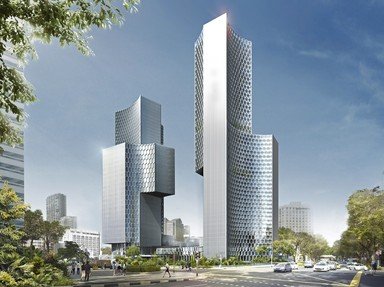Quiz Answer Key and Fun Facts
1. The Aztec civilization was a thriving Mesoamerican culture that occupied a specific time and place in the history of the Americas. When and where?
2. The Aztec capital was Tenochtitlan, which was built on the shore of Lake Texcoco, the site of modern-day Mexico City. Which of the following was NOT true about the Aztecs' engineering prowess?
3. Without a doubt, the main distinguishing architectural feature of Aztec civilisation were the step pyramids that dominated the city skyline. What was the main function of these structures?
4. Why were the Aztec pyramids so tall?
5. The second most imposing type of building in the Aztec civilization was the Emperor's Palace. Which of the following attributes did not feature in Montezuma's, (or more correctly, Motecuhzoma II's) palace?
6. When building their settlements the Aztecs had some unusual priorities, though in today's hedonistic society this may not seem to be so bad. When they built a new settlement, the temple was built first. What was built next?
7. Aztec houses usually consisted of one big room. However, in the capital, the city doctors declared that each house should have an additional room. What was this room?
8. Engineering achievement in Aztec culture was not limited to temples and palaces. How did the Aztecs in the capital city obtain their drinking water?
9. Aztec food was grown in "Chinampas", which were sometimes called floating islands. Was this because the Aztecs invented hydroponic gardening?
10. There is no record of any Aztec building being built after 1521. Why is that?
Source: Author
1nn1
This quiz was reviewed by FunTrivia editor
looney_tunes before going online.
Any errors found in FunTrivia content are routinely corrected through our feedback system.

